Advertisement
How The Amazon's Deforestation Compares To Other Tropical Forests Across The Globe
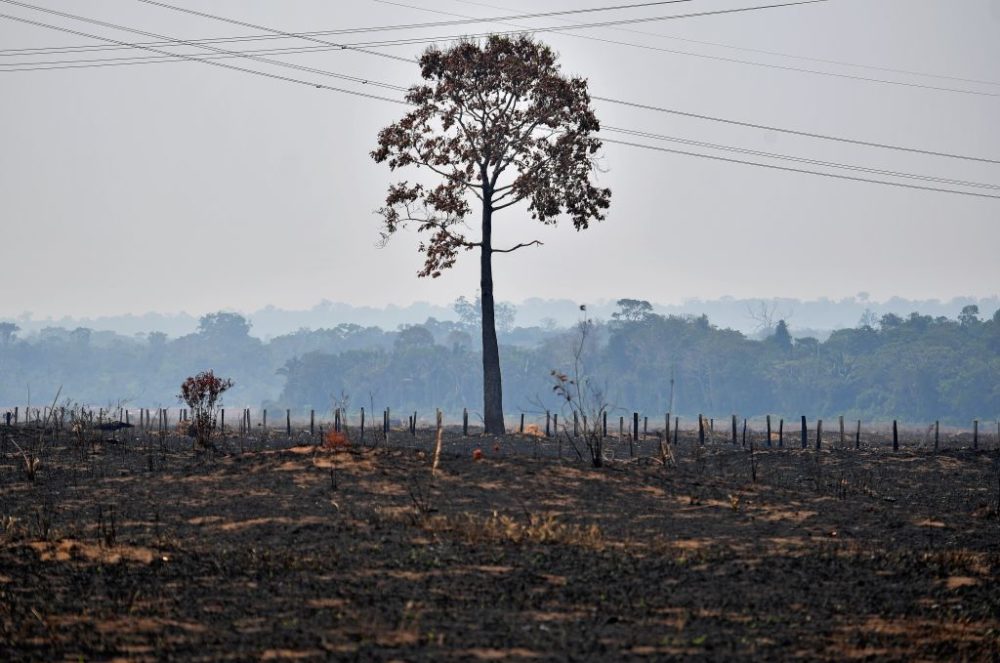
Brazilian President Jair Bolsonaro is facing criticism for his relaxed enforcement of rules protecting the Amazon rainforest, where fires are growing at an alarming rate.
There has been an 80% increase in fires in the Amazon so far this year. Many of those fires are intentionally set to clear land for cattle grazing and other uses.
But the Amazon is not the only big forest people consider to be part of the lungs of the planet. In fact, there are others, even in Brazil, that have been deforested, says Mark Cochrane, professor at the University of Maryland Center for Environmental Science.
“You got the Atlantic rainforest, which is all along the coastline of Brazil, and about 85% of that has already been deforested, and the rest is largely fragmented,” he says. “The other world's tropical forests are under threat as well. Southeast Asia has faced extensive logging and conversion to oil palm. Africa has had longstanding deforestation that people don't even remember anymore since much of it has happened already.”
Forests in the United States were largely cut down around 100 years ago and have either grown back or are in the process of slowly growing back, according to Cochrane. In Europe, ancient forests were replaced with agriculture centuries ago, and in Canada and Russia, boreal forests are now being threatened by more frequent fires.
And deforestation is happening everywhere, says Cochrane.
“The Western countries have no moral high ground from which to criticize Brazil,” he says. “That doesn't change the fact that Brazil is experiencing extensive fires, and even the Brazilian people do not accept the changes in the environmental laws that have been enforced in recent years.
“So, it's not just the external world criticizing Bolsonaro and the government but also many within Brazil itself.”
Interview Highlights
On what happened to forests in Europe
“Much of Europe used to be forested, whether it was out to England or all across Germany. When the Romans came through, they fought in the forests of Germany. Much of that has now been lost. The last of the remaining old growth I believe is in Poland, and even that is under threat now. So much of the European forest has long ago been cut.”
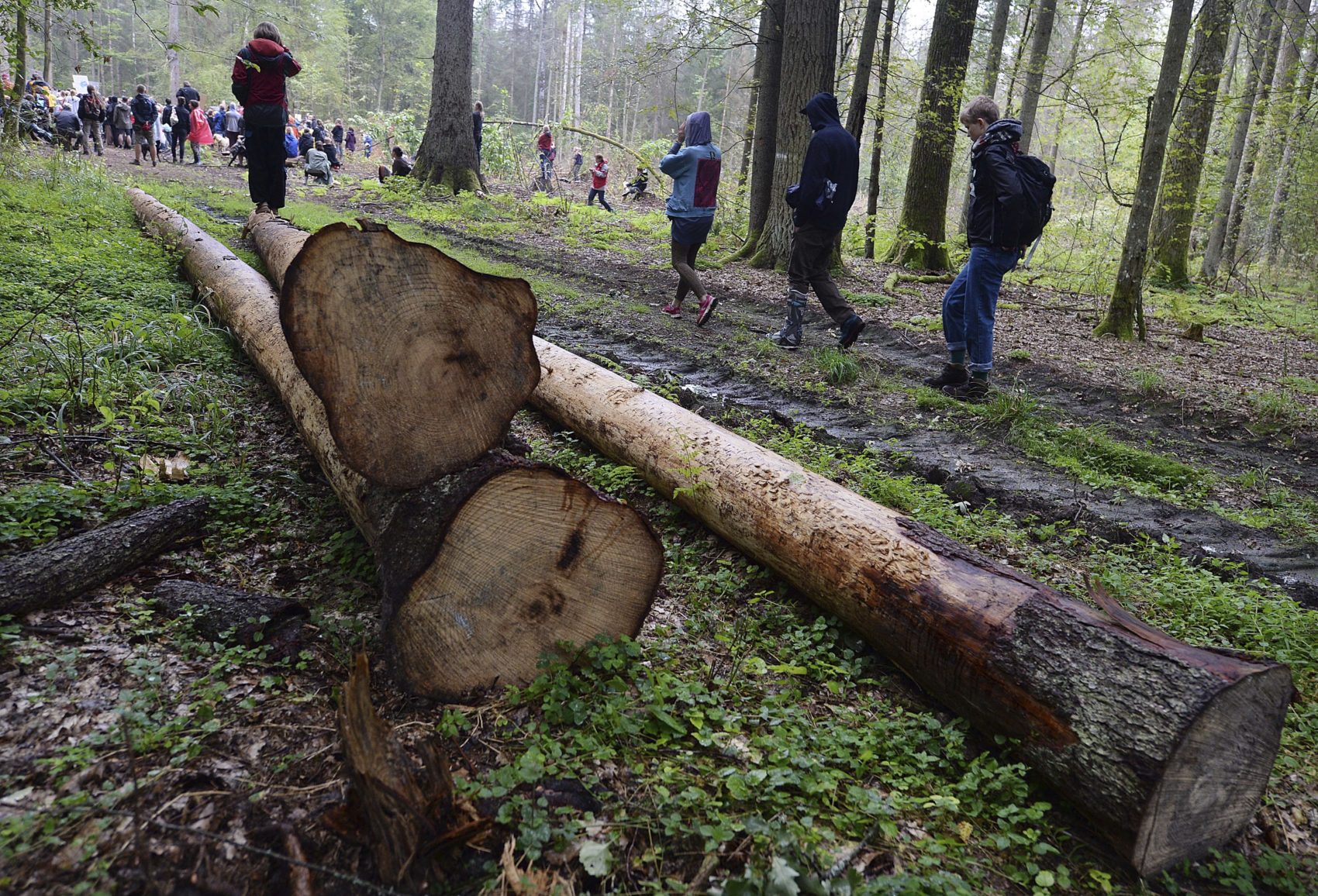
On deforestation in the U.S.
“It used to be that almost everything east of the Mississippi was forested in the U.S., and then we had all of our large forest in the western U.S., and much of that has been logged over at least once. Now in the eastern U.S., much of it has been regrowing over recent decades, because as we open agriculture in the Midwest, we abandon a lot of farmlands in the east. So, the U.S. actually gains carbon credits because of a regrowing forest that we had cut a century ago.”
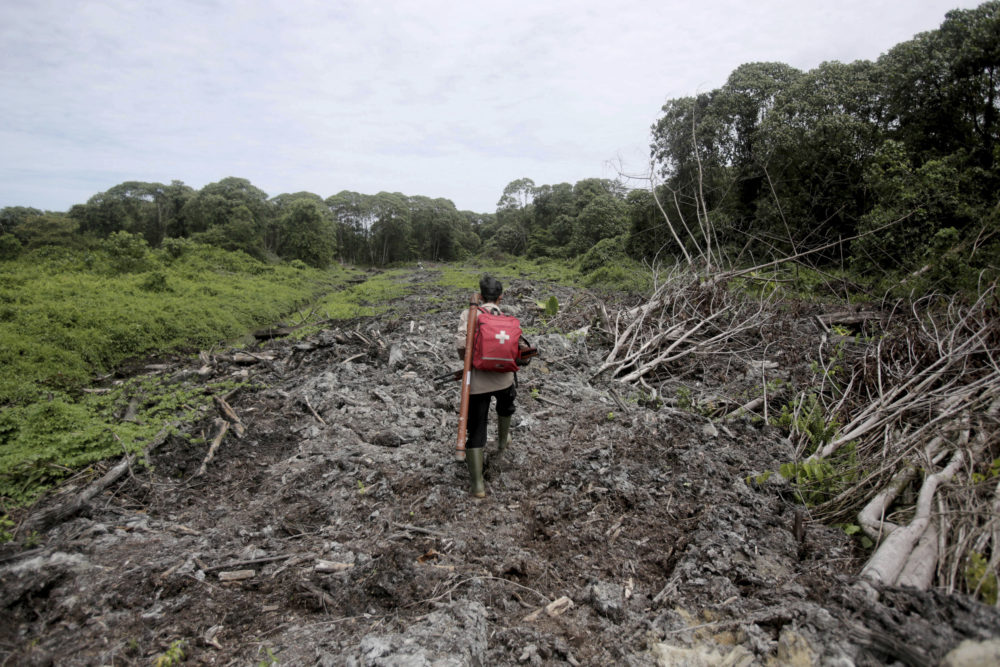
On how forests in the U.S. and Europe compare to tropical forests like the Amazon
“There are differences in the sense primarily of the diversity. The tropical forests have many more species, orders of magnitude more species, than all of North America or Europe, for example. So, they are ancient and very diverse. The forests here used to be very old as well, ... but they're more acclimated to disturbances, such as fire, versus the tropical forests, which have had no evolutionary adaptation of fire, because there is literally no natural fire in those systems.”
On forests being cleared in Southeast Asia for palm oil trees
“In Indonesia and much of Southeast Asia, they've been clearing first for logging purposes, but in the peat swamps, they've cleared them and drained them, and they are converting many of these areas to oil palm. The problem there is although oil palm produces products we want, burning in those areas not only removes the native forest, it actually burns into the organic rich soils themselves and starts consuming those and releases huge amounts of emissions of both greenhouse gases and particulates, such that in 2015, the last El Niño, we had such large fires [that] impacted all the way up to Singapore and Malaysia. Estimates are that 100,000 people are dying from that smoke.”
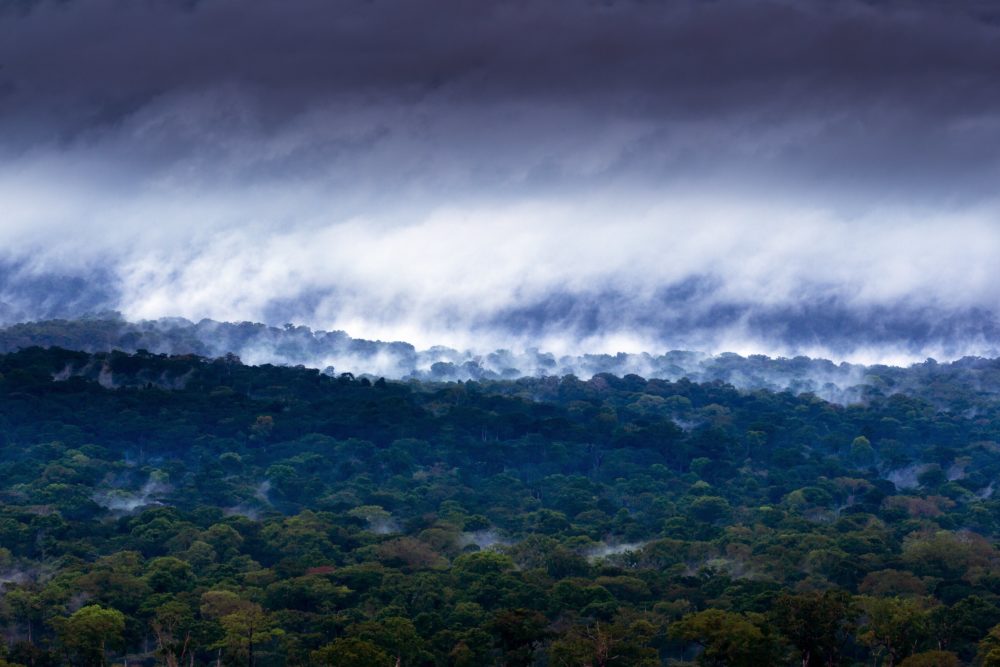
On the frequency of forest fires in Africa
“Every year, Africa has massive fires more than anywhere else on the planet. And if you look at the products we have for looking at fire, you can see it's sweeping up and down through Africa every year. So, that is not necessarily unusual. What would be unusual is if it is burning into the remaining forests.”
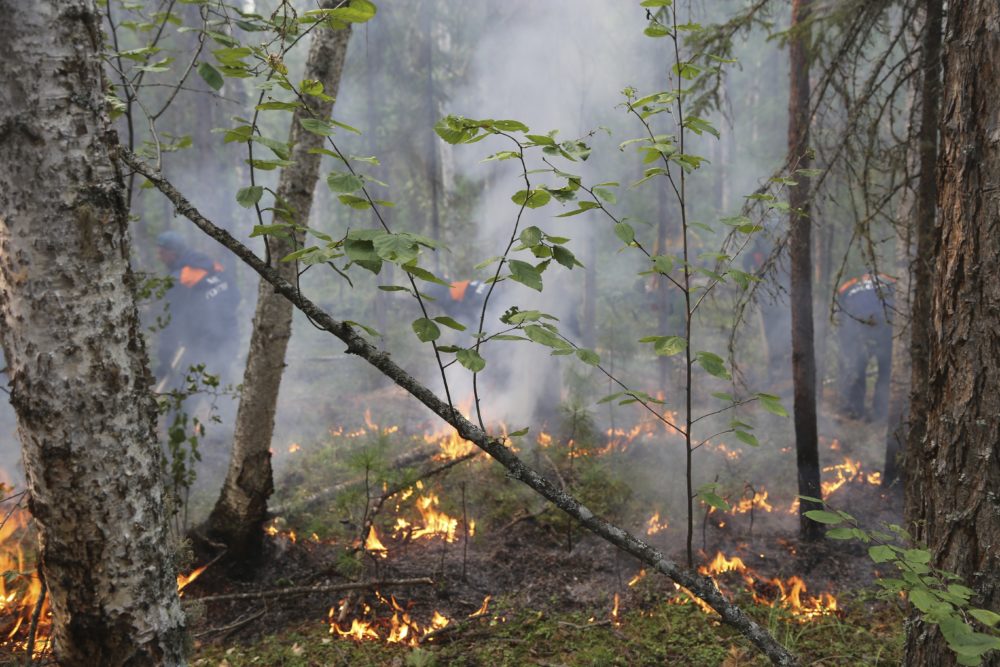
On whether there is a place in the world where natural forests are properly protected
“Not that I know of. They're trying. I mean, some places are less skewed, so someplace like Canada where huge areas of it are so rural that they don't try to manage it, so they have systems that are largely intact. Or Russia would, Siberia. But [in] those areas, climate change may be shifting how fires are burning and creating other types of problems. Places like the U.S., we have huge resources. We have tried to control fire for decades. We're spending many more dollars trying to do something, and we're over billions every year. And yet we're having more area burned and especially in large fires, so even trying to throw a lot of resources at it is not controlling the problem.”
On how intentional fires in Brazil have grown out of control
“Cattle is good for people in Brazil, because it's economically stable. It's not good in terms of the amount of beef you can raise per hectare, but for them economically, it makes a lot of sense. In terms of the fires themselves, they are set to either deforest an area, ... so they ignite that to keep pastures and other areas clear of fire. But many of those fires then escape any kind of control and then continue across that landscape either through damaged forests or in extreme years, through the actual standing intact forests. So, what starts as intentional fire often becomes accidental fire.”
On protecting the world’s remaining forests
“Brazil made a really good start on this over the last couple of decades. They protected more than half of the forest from deforestation, and they don't get much credit for all of those efforts. They've also been working to legalize the tenure on the land and [have] been enforcing the laws for when you can convert, when you can burn, and such that the amount of deforestation from 2004 until recent years had dropped dramatically from about 25,000 square kilometers a year to 7,000 square kilometers a year. Only in the last year or two has it started going back up. And that is why there is concern this year, because we've gone up by about 80% so far.
“The chances to try to control this are one, protecting large areas, but two, trying to manage that land ideally without fire when possible or when using fire, to do it more professionally, shall we say. You don't burn into a standing forest. You burn away from it towards the center. You burn areas when the ambient conditions are not conducive to wildfire spread. You ideally have areas that are managed the same way so you don't try to put say fruit trees next to a pasture where you're going to be burning. You also try not to overly fragment the forest area where you are having fire, because once you fragment that and kind of chop it up into pieces, it bleeds the moisture out and it becomes easier to burn. So, you have to be more proactive if you're going to do this, and ideally if we can move towards other ways and uses that are not so fire-dependent, that would help as well.”
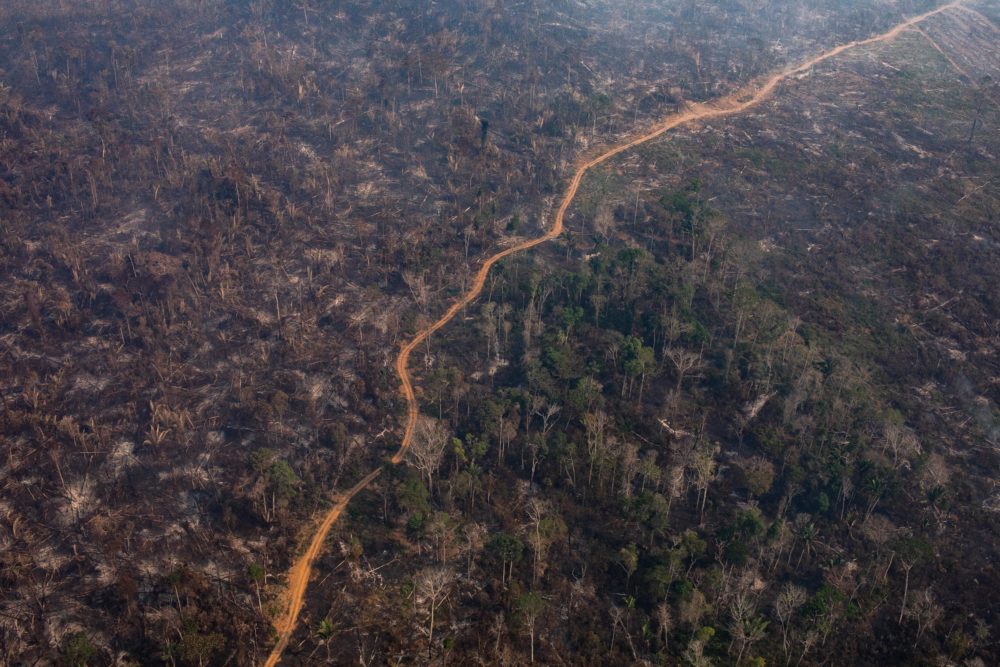
On why tropical forests are so important
“They're the jungle. They're lush. I mean, it's hard to take a picture if you're in an intact forest, because once you're in it, it's so rich and around you, you can't get any depth to take that picture. You'll hear the life, but you won't usually see it. It's all around you, but it's concealed. But what's amazing about it is the diversity that's within those forests. So, we have more species than you can imagine, more species than we can even count. We don't even know how many are there. So there's this lush richness of life that is in a tropical forest.”
Jill Ryan produced and edited this interview for broadcast with Tinku Ray. Samantha Raphelson adapted it for the web.
This segment aired on September 3, 2019.
